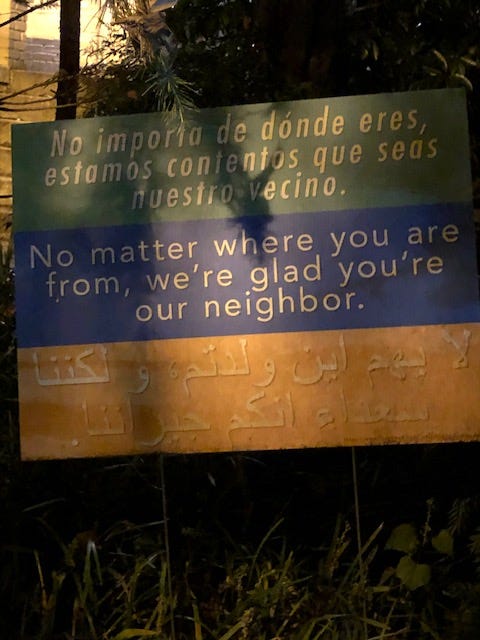“Symbols help us make tangible that which is intangible,” wrote the British-American commentator Simon Sinek. “And the only reason symbols have meaning is because we infuse them with meaning”.
I willingly accept that I’m infusing meaning (and my own perspective) into the signs I see newly sprung up across D.C. during the pandemic. That they are up at all, however, is significant. What point are they making? Why were they written and put up? What does signage have to do with the human condition, with aspiration, the balance between hope and realism?
Signs are visual aids to the act of information-provision. Historians say the earliest date back to 3000 B.C., when signs were made of stone, wood, leather and terracotta. They mostly bore images not text. Signage continued to evolve, becoming weighty (literally) in the 18th century, and then adapting to the bright lights by going electric in the 19th century.
So to the insistent pluralism of the new signs in the…
Keep reading with a 7-day free trial
Subscribe to This Week, Those Books to keep reading this post and get 7 days of free access to the full post archives.





